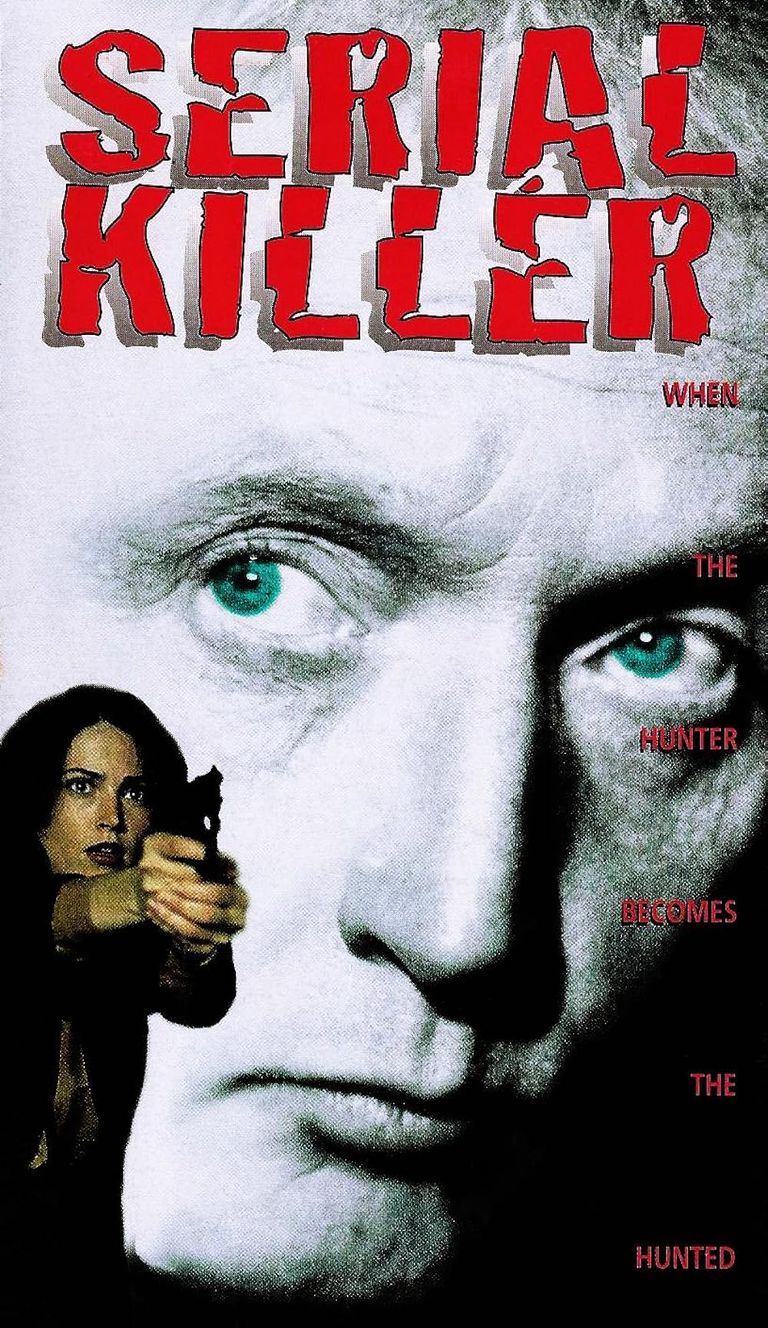
Serial killers in cinematic fiction have always played an important role in horror cinema. Since the dawn of cinema, in fact, the figure of the mad scientist (Dr. Henry Jekyll, Dr. Mabuse) or the criminal endowed with paranormal powers or the result of the perversion of one of his creators (Dracula, Frankenstein, invisible man) or more simply a joke of nature (wolf man, monster from the black lagoon), has developed the creativity of directors and screenwriters. Already in the early 1930s an important film company, Universal Pictures, made these characters one of its strong points, launching the infamous Universal Monsters in cinemas.
It was at the end of the seventies, however, and throughout the eighties and following that a series of criminals, mainly accustomed to serial murder, created a string of cinematic sagas.
Los asesinos en serie en la ficción cinematográfica siempre han jugado un papel importante en el cine de terror. Desde los albores del cine, de hecho, la figura del científico loco (Dr. Henry Jekyll, Dr. Mabuse) o del criminal dotado de poderes paranormales o fruto de la perversión de uno de sus creadores (Drácula, Frankenstein, el hombre invisible ) o más simplemente una broma de la naturaleza (el hombre lobo, el monstruo de la laguna negra), ha desarrollado la creatividad de directores y guionistas. Ya a principios de los años 30 una importante compañía cinematográfica, Universal Pictures, hizo de estos personajes uno de sus puntos fuertes, lanzando a los cines los infames Universal Monsters.
Sin embargo, fue a finales de los años setenta y a lo largo de los ochenta en adelante cuando una serie de delincuentes, principalmente acostumbrados al asesinato en serie, crearon una serie de sagas cinematográficas.
Leatherface / Cara de cuero.
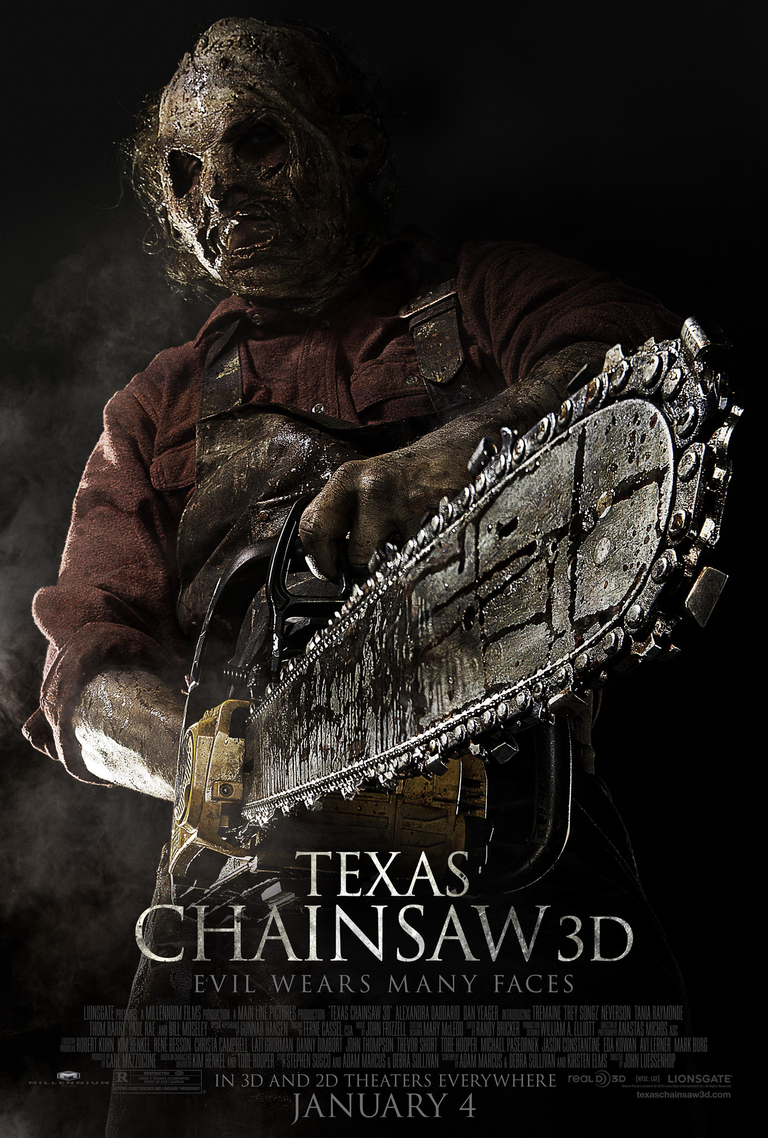
Thus the characters of Jason Voorhees, Michael Myers and Freddy Krueger were born. These all, in a certain way, can be traced back to the deeds of the first true serial killer, who gave life to a series of films, that cinematography remembers and that is the Hitchcockian Norman Bates (played by the actor Tony Perkins) protagonist of the film Alfred Hitchcock Psycho (1960).
But even before Bates (in 1931), the serial crimes of Hans Beckert in Fritz Lang's Monster of Düsseldorf, "Mr. Owen" in Ten Little Indians (1945) by René Clair and Harry Powell in Death Runs River (1955) by Charles Laughton made their appearance in cinemas.
Así nacieron los personajes de Jason Voorhees, Michael Myers y Freddy Krueger. Todo esto, en cierto modo, se remonta a las hazañas del primer verdadero asesino en serie, que dio vida a una serie de películas que la cinematografía recuerda y que es el protagonista hitchcockiano Norman Bates (interpretado por el actor Tony Perkins). de la película Alfred Hitchcock Psicosis (1960).
Pero incluso antes de Bates (en 1931), los crímenes en serie de Hans Beckert en El monstruo de Düsseldorf de Fritz Lang, "Mr. Owen" en Diez pequeños indios (1945) de René Clair y Harry Powell en Death Runs River (1955) de Charles Laughton hicieron su aparición en los cines.
Freddy Krueger.
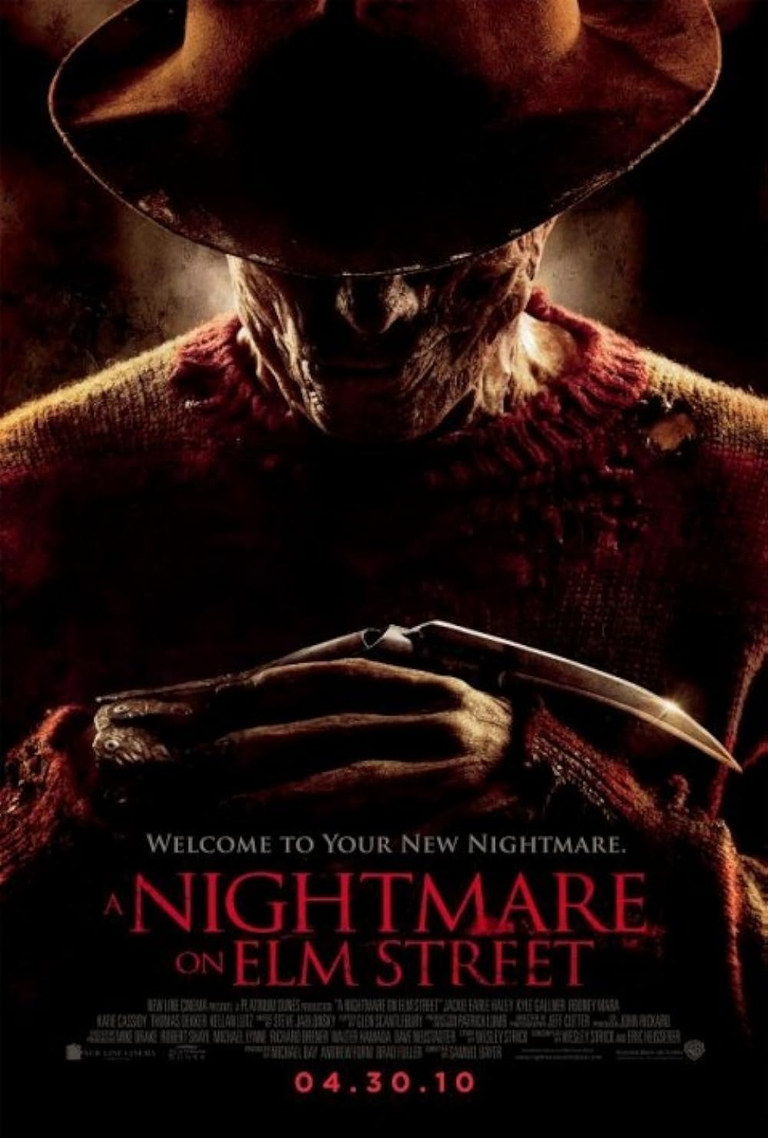
Freddy Krueger is the "dream monster" protagonist of the horror film saga "Nightmare", who torments the nightmares of the children of those responsible for his death. He is played in the films by Robert Englund and is so famous that the actor is usually associated with the character (as can be seen in The New Nightmare).
Arrogant and joking, but nevertheless terribly cruel, Freddy is able to transform the dream world as he pleases, in such a way as to always get the better of his victims.
Freddy Krueger es el "monstruo de los sueños" protagonista de la saga cinematográfica de terror "Nightmare", que atormenta las pesadillas de los hijos de los responsables de su muerte. En las películas lo interpreta Robert Englund y es tan famoso que se suele asociar al actor con el personaje (como se puede ver en Pesadilla en la Tierra).
Arrogante y bromista, pero terriblemente cruel, Freddy es capaz de transformar el mundo onírico a su antojo, de manera que siempre saque lo mejor de sus víctimas.
Hannibal Lecter.
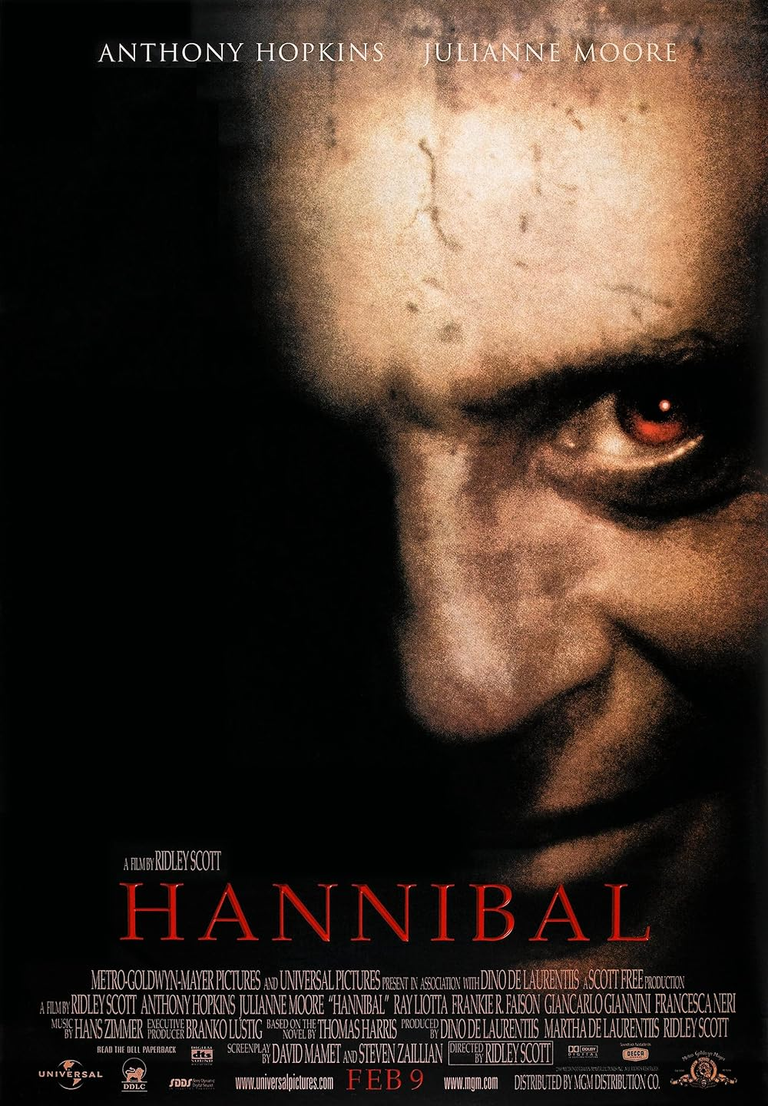
Hannibal Lecter is a fictional character, literary and cinematographic subject, born from the mind of Thomas Harris and the absolute protagonist of his books. He is a serial killer with an obsession with cannibalism, hence his nickname Hannibal the cannibal.
It has a distinctive appearance, marked by a broad rib cage and slicked-back hair; the eyes, brown and deep, are very active and dart in their sockets like eels. He has an active and fast mind, he is very skilled at reading the thoughts of others and the minds of murderers themselves. He smells particular scents and smells even from afar.
His behavior is kind and polite, like a true gentleman. Among Hannibal's passions are cooking (about which he has also written entire books and published recipes in specialized magazines) and classical music, but he does not disdain reading the classics, of which his cell is full.
Curiously, although in the novels the character is described as suffering from polydactyly (he has two middle fingers on his left hand), this detail is neither present nor mentioned in the films, nor in the novel about Lecter's youth, Hannibal Lecter: Origins of Evil .
Hannibal Lecter es un personaje de ficción, sujeto literario y cinematográfico, nacido de la mente de Thomas Harris y protagonista absoluto de sus libros. Es un asesino en serie obsesionado con el canibalismo, de ahí su apodo Hannibal el caníbal.
Tiene una apariencia distintiva, marcada por una caja torácica ancha y pelo peinado hacia atrás; los ojos, marrones y profundos, son muy activos y se mueven en sus órbitas como anguilas. Tiene una mente activa y rápida, es muy hábil para leer los pensamientos de los demás y las mentes de los propios asesinos. Incluso desde lejos se pueden percibir aromas y olores especiales.
Su comportamiento es amable y educado, como el de un verdadero caballero. Entre las pasiones de Hannibal se encuentran la cocina (sobre la que también ha escrito libros enteros y publicado recetas en revistas especializadas) y la música clásica, pero no desdeña la lectura de los clásicos, de los que su celda está llena.
Curiosamente, aunque en las novelas se describe al personaje con polidactilia (tiene dos dedos medios en la mano izquierda), este detalle no está presente ni se menciona en las películas, ni en la novela sobre la juventud de Lecter, Hannibal Lecter: Origins of Demonio .
Pinhead / Cabeza de Alfiler.
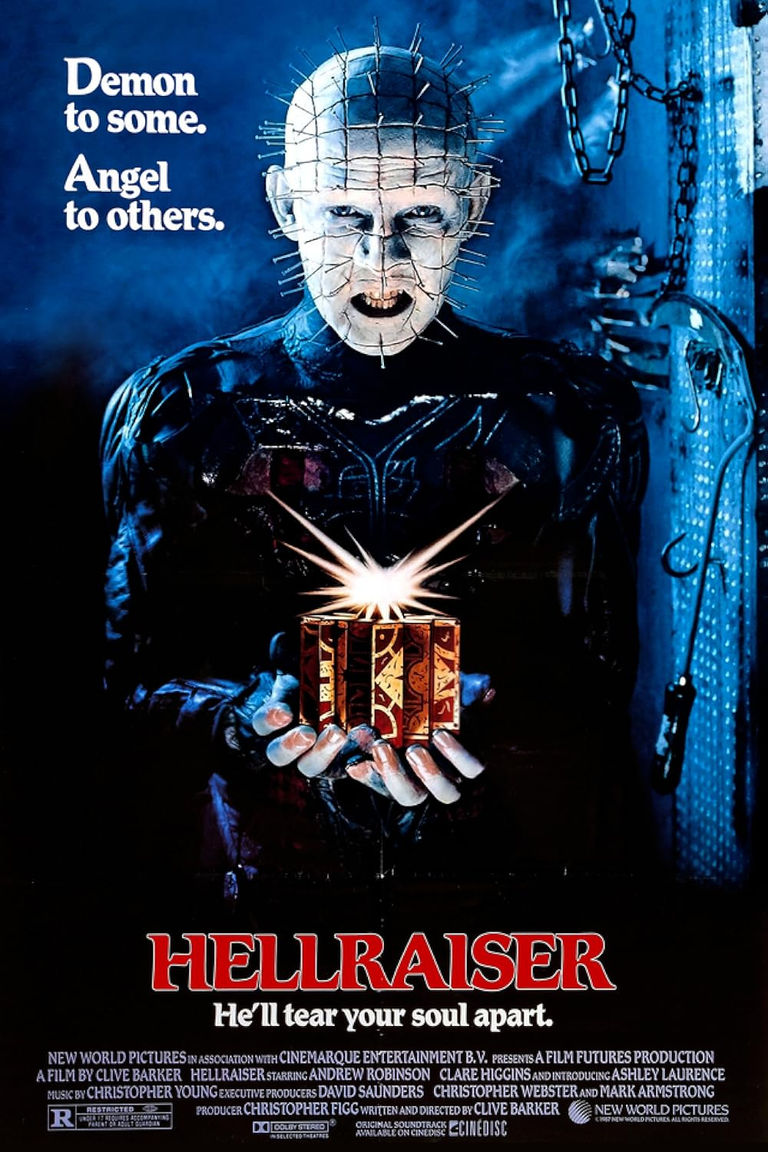
Pinhead is the name given to the Cenobite of the Hellraiser series starting from the third chapter. The character, who appears in all nine films (so over a span of 24 years) was played by actor Doug Bradley in the first eight films and by Stephan Smith Collins in Hellraiser: Revelations.
Cabeza de Alfiler es el nombre que recibe el Cenobita de la serie Hellraiser a partir del tercer capítulo. El personaje, que aparece en las nueve películas (en un lapso de 24 años) fue interpretado por el actor Doug Bradley en las primeras ocho películas y por Stephan Smith Collins en Hellraiser: Revelations.
Chucky.
 )
)Chucky is a character created by Don Mancini for the film Child's Play (1988). He was originally a serial killer named Charles Lee Ray who, on his deathbed, transferred his soul into the doll and soon gave her life, thus continuing to perpetrate his crimes with extreme ease.
In the five films of the saga he will try to steal the bodies of various people to become human again. Charles Lee Ray was played by Brad Dourif, who later went on to voice the Chucky doll.
Chucky es un personaje creado por Don Mancini para la película Child's Play (1988). Originalmente era un asesino en serie llamado Charles Lee Ray quien, en su lecho de muerte, transfirió su alma al muñeco y pronto le dio vida, continuando así perpetrando sus crímenes con extrema facilidad.
En las cinco películas de la saga intentará robar los cuerpos de varias personas para volver a ser humano. Charles Lee Ray fue interpretado por Brad Dourif, quien luego le dio voz al muñeco Chucky.
Pennywise. / El Payaso Bailarin.
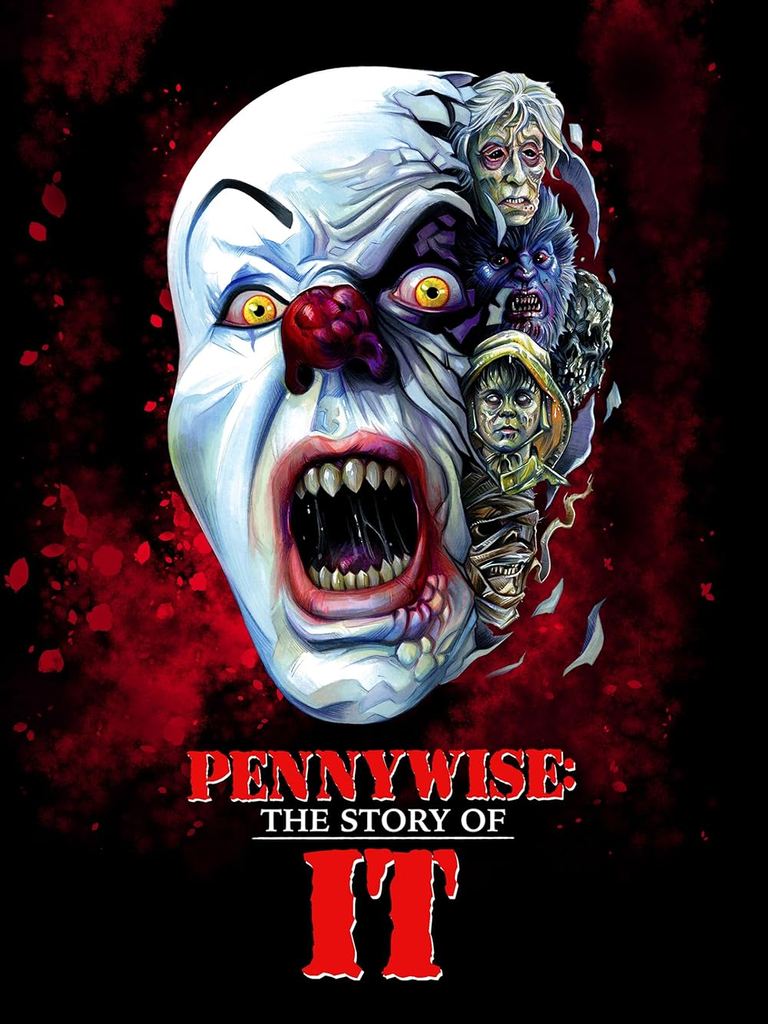
Pennywise is the monster protagonist of the novel It by Stephen King , and of the film of the same name which was based on it in 1990, where Tim Curry played the character, with the Italian voice of Carlo Reali. It is about an evil clown named Bob Gray, the main incarnation of an alien entity (called "IT" by the protagonists of the novel), who kidnaps and kills children in the fictional town of Derry, Maine. The entity, whose real form resembles an Aranea , arrived there in ancient times, when Derry was just a forest.
Distorted by hatred towards the all-devouring life, she condemned the town to a sinister and perverse symbiotic bond: in exchange for peace and stability, every 30 years or so the creature awoke to devour children. Her "awakening" was heralded by a catastrophic event such as the fire at the Black Point or the explosion of the Kitchener Ironworks in which she always appeared in the guise of Pennywise .
In addition to that of the Clown, It could take on other forms, transforming into the fears of its young victims (such as werewolves, mummies, large birds). Pennywise also met seven kids, called "The Losers", including Bill Denbrough, whose brother had been killed by the Clown, who managed to first wound him and then kill him, 30 years later, by ripping out his heart.
Pennywise es el monstruo protagonista de la novela It de Stephen King , y de la película homónima basada en ella en 1990, donde Tim Curry interpretó al personaje, con la voz italiana de Carlo Reali. Se trata de un malvado payaso llamado Bob Gray, encarnación principal de una entidad alienígena (llamada "IT" por los protagonistas de la novela), que secuestra y mata a niños en la ciudad ficticia de Derry, Maine. La entidad, cuya forma real se asemeja a una Aranea , llegó allí en la antigüedad, cuando Derry era sólo un bosque.
Distorsionada por el odio hacia la vida que todo lo devora, condenó al pueblo a un vínculo simbiótico siniestro y perverso: a cambio de paz y estabilidad, cada 30 años aproximadamente la criatura se despertaba para devorar niños. Su "despertar" fue anunciado por un evento catastrófico como el incendio en Black Point o la explosión de Kitchener Ironworks en el que siempre apareció disfrazado de Pennywise .
Además de la del Payaso, podría adoptar otras formas, transformándose en los miedos de sus jóvenes víctimas (como hombres lobo, momias, pájaros de gran tamaño). Pennywise también conoció a siete niños, llamados "Los Perdedores", entre ellos Bill Denbrough, cuyo hermano había sido asesinado por el Payaso, quien logró primero herirlo y luego matarlo, 30 años después, arrancándole el corazón.
Source images / Fuente imágenes: IMDB.
Fuentes de los separadores de texto / Source divider text:


Upvoted. Thank You for sending some of your rewards to @null. Get more BLURT:
@ mariuszkarowski/how-to-get-automatic-upvote-from-my-accounts@ blurtbooster/blurt-booster-introduction-rules-and-guidelines-1699999662965@ nalexadre/blurt-nexus-creating-an-affiliate-account-1700008765859@ kryptodenno - win BLURT POWER delegationNote: This bot will not vote on AI-generated content
Thanks!!